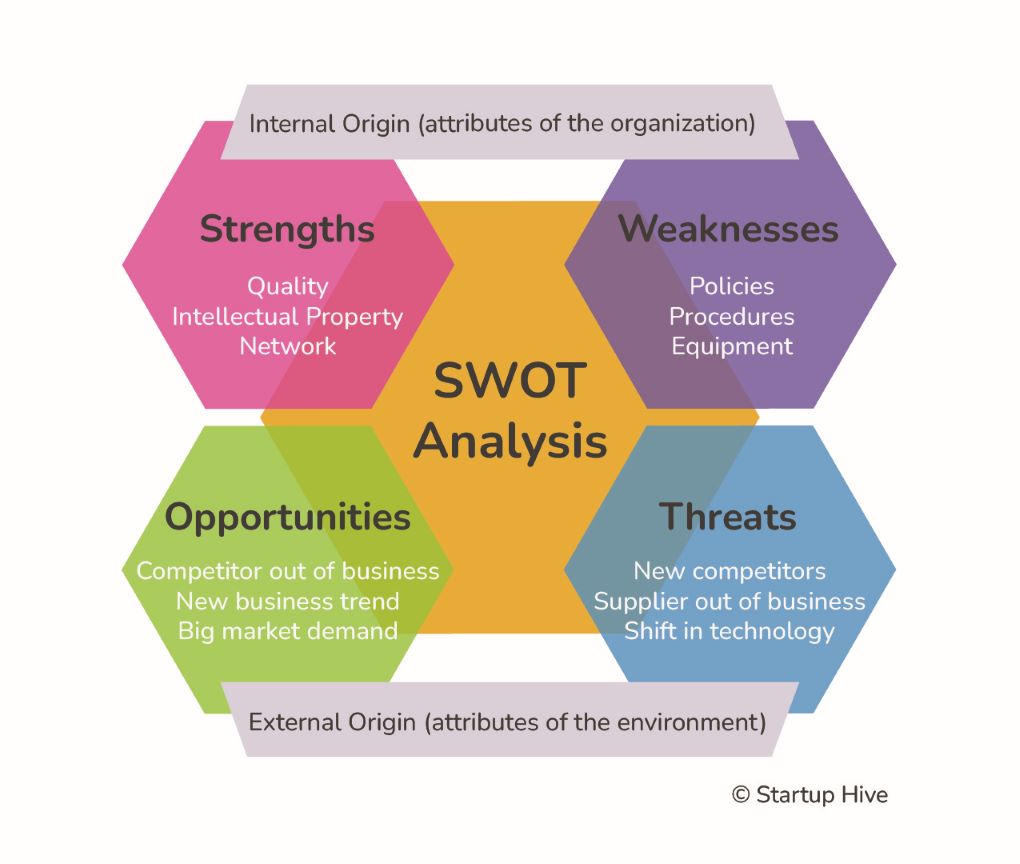Research plays a crucial role in providing the necessary insights and information to make informed decisions, mitigate risks, and set a solid foundation for your business. In this article, we will discuss the seven essential areas you should research before starting your new business, helping you navigate the marketplace with confidence.
1. Market Demand
Conduct market research surveys, analyze industry reports, and engage with potential customers to gather valuable data. This information will enable you to tailor your offerings to meet the specific demands of your target audience and identify any gaps that could be filled with your unique value proposition.
2. Competition
By gaining insight into your competition’s strengths and weaknesses, you can differentiate your business and develop strategies that give you a competitive edge. Researching competition also helps you identify market trends, potential collaborations, and partnership opportunities that can drive growth.
3. Industry and Market Trends
For example, if you’re in the technology sector, research emerging technologies, changing consumer behaviors, and market shifts that could impact your business. By understanding these trends, you can align your offerings, marketing strategies, and business operations accordingly.
4. Legal and Regulatory Requirements
Consult legal professionals or government agencies to understand the specific regulations that apply to your business. Complying with the law from the outset will save you time, money, and potential reputational damage in the future.
5. Financial Projections
Additionally, analyze potential revenue streams, pricing models, and sales forecasts to estimate your future financial performance. Thorough financial research and projections will help you make informed decisions, secure funding, and set achievable goals for your business.
6. Target Audience
Identify their pain points, motivations, and buying habits to tailor your products, marketing messages, and customer experience to meet their expectations. Understanding your target audience deeply will help you create compelling marketing campaigns and establish meaningful connections that drive customer loyalty and brand growth.
7. SWOT Analysis
Conducting a SWOT (Strengths, Weaknesses, Opportunities, and Threats) analysis is a valuable research tool that helps you assess your business’s internal and external factors. Evaluate your business’s strengths and weaknesses, such as unique expertise, available resources, or operational efficiencies.
Identify opportunities in the marketplace, such as emerging trends or untapped markets, and assess potential threats, such as intense competition or economic downturns. A comprehensive SWOT analysis enables you to capitalize on your strengths, mitigate your weaknesses, seize opportunities, and prepare contingency plans for potential threats.

STAY ORGANIZED
- Note-taking and Documentation:
Digital note-taking tools like Evernote, OneNote, or Google Keep allow you to capture and organize your research findings, ideas, and important insights in a centralized location. These tools enable you to create separate notebooks, categorize information, add tags, and easily search for specific details when needed.
- Project Management Tools:
Using project management tools such as Trello, Asana, or Monday.com can help you break down your research into manageable tasks and track your progress. You can create boards, lists, and cards to represent different research categories or stages, assign deadlines, collaborate with team members, and visualize your overall progress.
- Cloud Storage and File Organization:
Cloud storage services like Google Drive, Dropbox, or Microsoft OneDrive provide secure and accessible storage for your research documents, reports, industry articles, and any other relevant files. Create well-structured folders and subfolders to store your research materials, making it easier to locate and retrieve information when needed.
- Research Aggregation Tools:
Consider using research aggregation tools like Feedly or Pocket to gather and organize relevant industry news, blog posts, and articles from various sources. These tools allow you to curate personalized feeds, save articles for later reading, and even share valuable content with your team or audience.
- Data Analysis and Visualization:
When conducting market research or analyzing industry trends, tools like Google Analytics, SEMrush, or Tableau can provide valuable insights. These tools help you collect and analyze data, identify patterns, visualize trends, and make data-driven decisions.
- Collaboration and Communication:
For teams working on research collectively, communication and collaboration tools such as Slack, Microsoft Teams, or Google Workspace facilitate seamless information sharing, discussion, and real-time collaboration. These platforms enable team members to share updates, ask questions, and provide feedback, ensuring everyone is on the same page.
Remember, the choice of tools may vary depending on your specific needs and preferences. Take the time to explore different options and select the ones that align with your research requirements and workflow.
By leveraging these digital tools and implementing effective organizational strategies, you can streamline your research process, maximize productivity, and ultimately make well-informed decisions for the success of your business.
Conclusion
Understanding market demand, competition, industry trends, legal requirements, financial projections, target audience, and conducting a SWOT analysis provides you with the necessary insights to make informed choices and navigate the marketplace strategically.
Remember that research is an ongoing process. Stay vigilant and adapt to changes in the market, consumer preferences, and industry landscape. Continuously analyze data, monitor trends, and engage with your target audience to ensure your business remains relevant and responsive to their needs.
By conducting thorough research, you lay a solid foundation for your business, increase your chances of success, and thrive beyond the gig economy. So, before taking the leap into entrepreneurship, invest in research, gather valuable insights, and position your business for growth and sustainability in the dynamic marketplace.
At Startup Hive, we help creative entrepreneurs thrive beyond the gig economy by taking control of their financial life. If you consider yourself creative enough to get at least one of your ideas off the ground, we are here for it.
Schedule a Discovery Call and let us help you help people.






